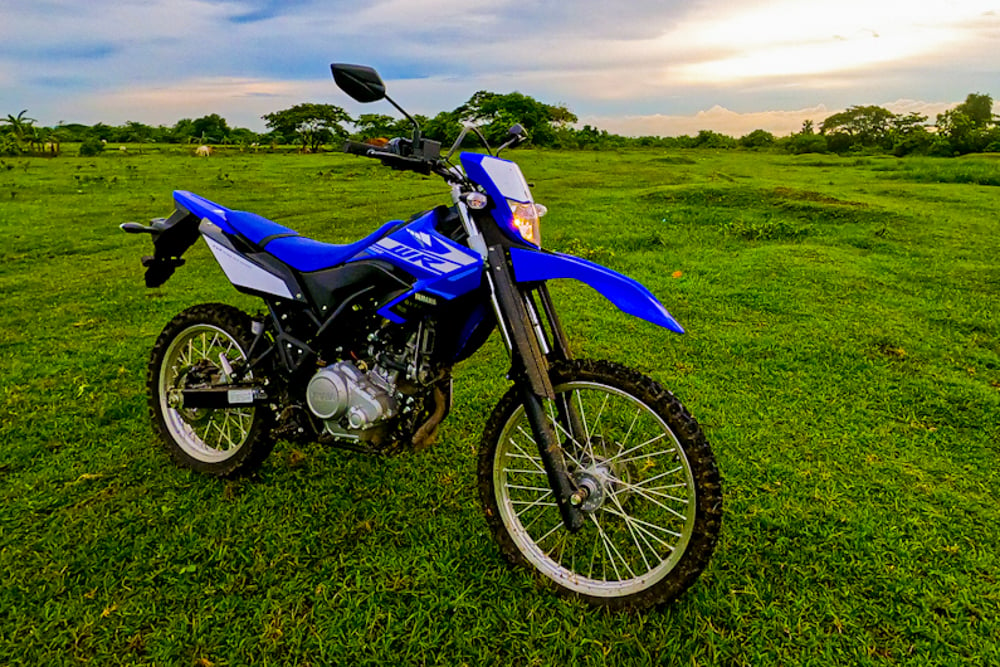
Here in the land of never-ending lockdowns with a hundred-and-one variations, riders have come to value the privilege of just going out for some fresh air. And for road riders who are tired of the usual breakfast rides and loops in the bubble, the call of the trail has been getting ever louder. And why not? No toll fees, fun stuff at low speeds, and a chance to play in the dirt like we used to do when we were kids. The prospect of scraped flesh and mud in your teeth is part of the territory.
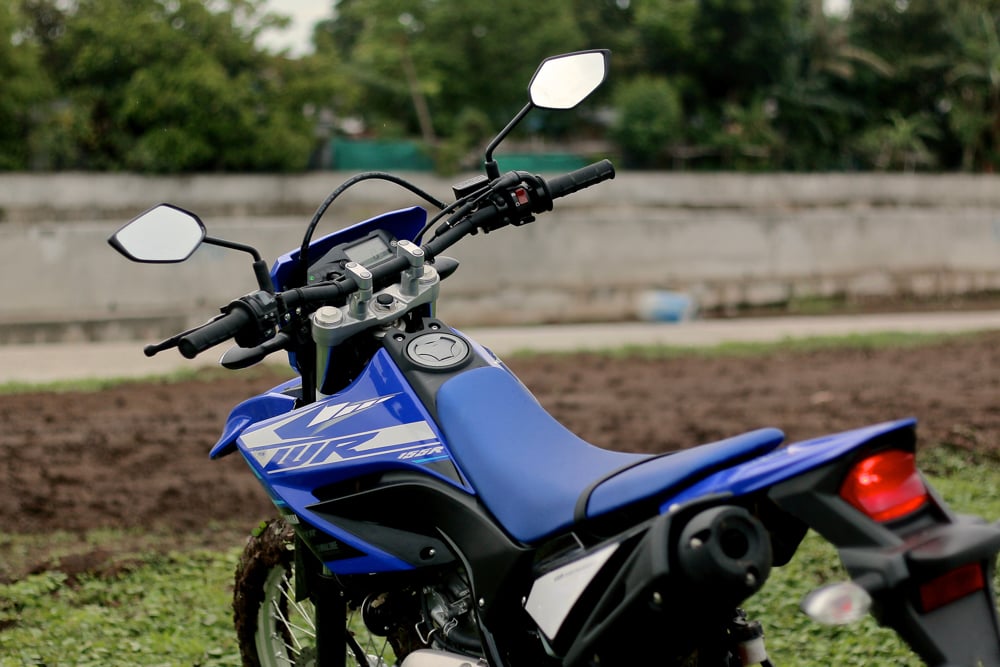
Entry-level “dual-sports” like the Yamaha WR155R are extremely popular bikes now. A bit like watered-down, street-legal versions of pure trail bikes, dual-sports let you have your fun in the boondocks while giving you the ability to actually ride to the trailhead instead of transporting it on a truck. At P169,000, the WR155R has a bit of a premium over the Honda CRF150L (P135,900) and the Kawasaki KLX150BF (P129,900), but brings 16.4hp to the table—the highest in the small-displacement category—along with a six-speed gearbox where the others make do with five.
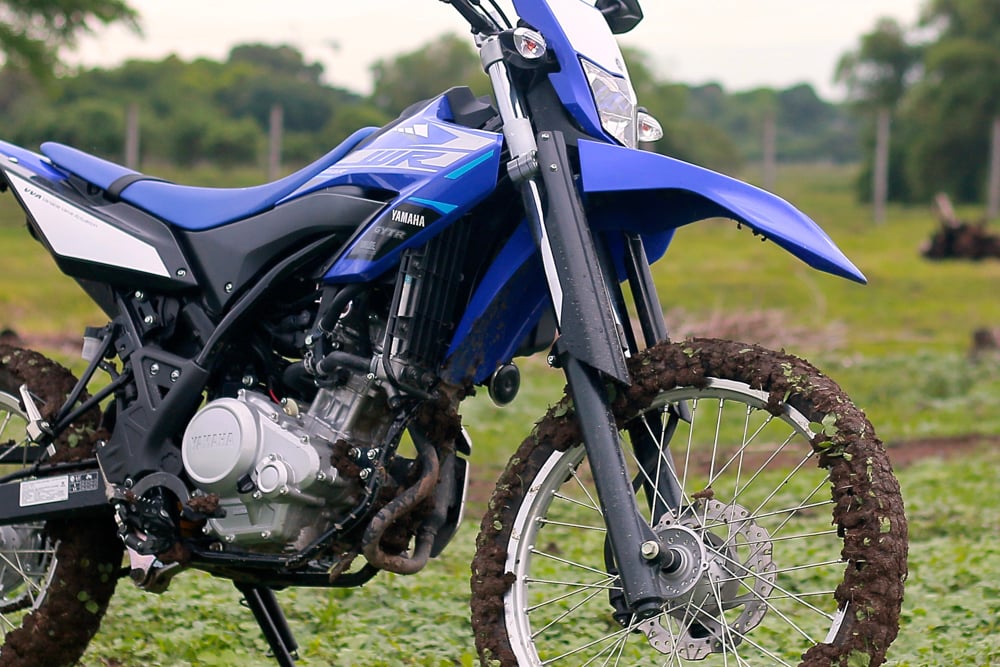
It also has a conventional telescopic fork where its rivals use sexier, upside-down units. But the stanchions are 41mm thick compared to the 35-37mm of the other two. The use of a telescopic design or a USD for trails is debatable. And while Yamaha didn’t provide specs on the exact travel of the shocks, they feel stout and good enough to take the sting out of potholes and ruts. You’ll need a sizable jump to bottom it out. Not even a clutch-up wheelie could use the fork to its fullest.
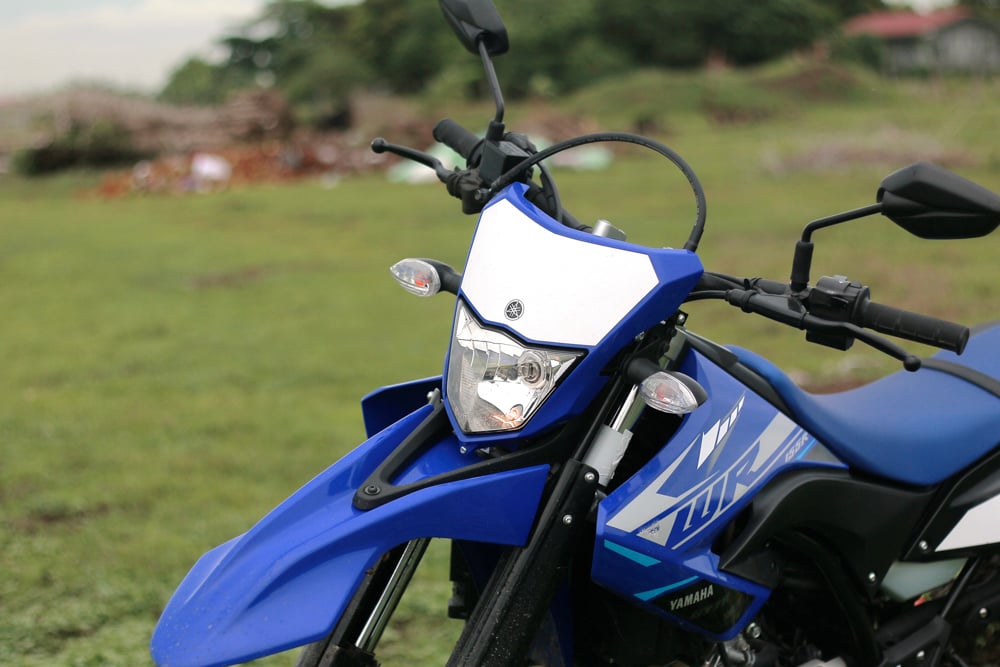
What’s not debatable is the extra power that the Yammie has. Weighing just 135kg and using a 155cc water-cooled motor derived from the spunky little R15, the WR155R just squirts off the line and easily maintains 90-100km/h on the road at around 8,000rpm. Give it enough tarmac and it’ll hit 120km/h. More importantly, it has the grunt to make transitioning between trails less tiresome. Variable-valve technology coupled with the six-speed transmission gives you a lot of tractability anywhere you ride it. Though you can rev the bike up to 11,000rpm, it’s not especially peaky as there’s plenty of usable torque in the 3,000-6,000rpm range. The fuel delivery from the EFI is crisp, but some clutch slip is necessary on low-speed, slippery sections to smoothen out the power. Fuel economy is at 33km/L with a lot of trail use, so the 8.1L fuel tank will allow you to go the distance.
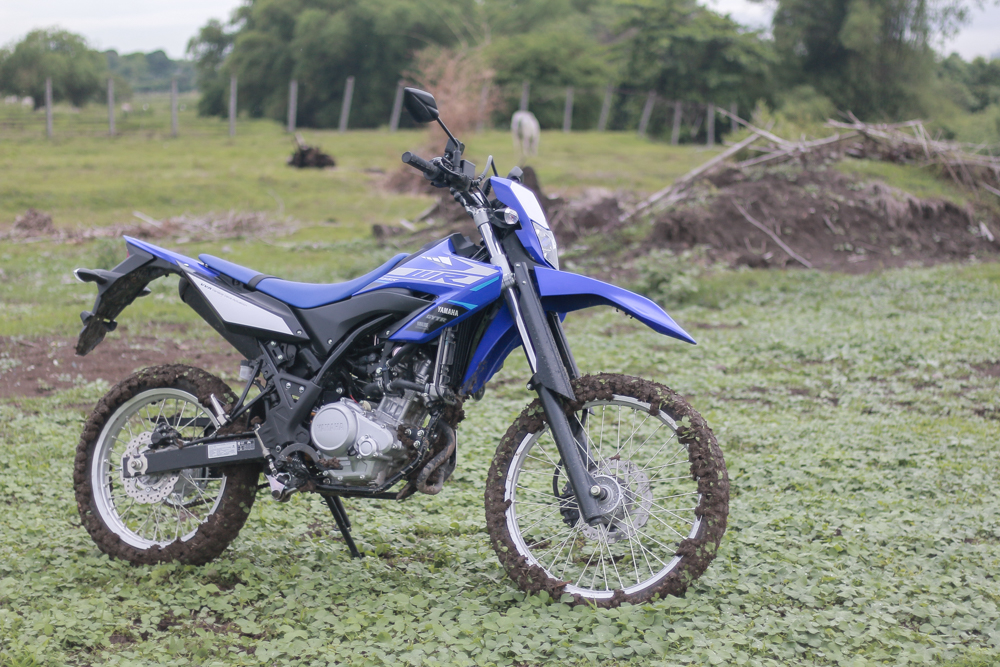
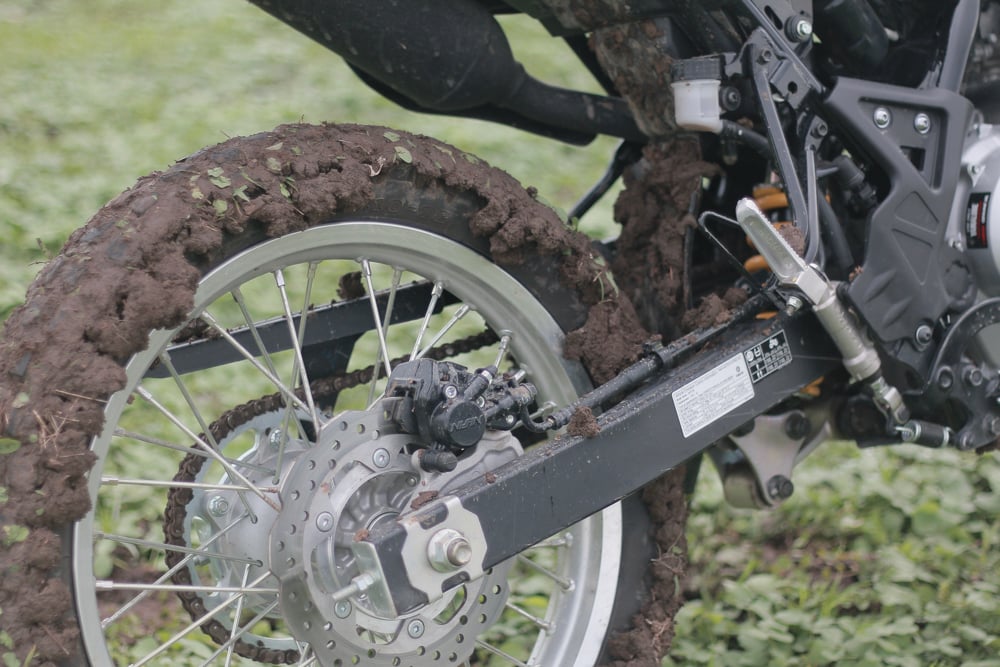
While it’s a bit wallowy on the road, the WR glides off it. You can comfortably attack moderately challenging rock gardens and stream crossings. Even though the suspension isn’t adjustable except for preload, compression and damping feel spot-on and almost pillowy on the trail. With 880mm of seat height and 245mm of ground clearance, the bike has a confident stance that belies its small displacement. But riders less than 5’8” will find themselves in a tough spot. If you’re between 5’8” and just over 6ft, the WR feels light but substantial—not toylike as most small bikes tend to feel.
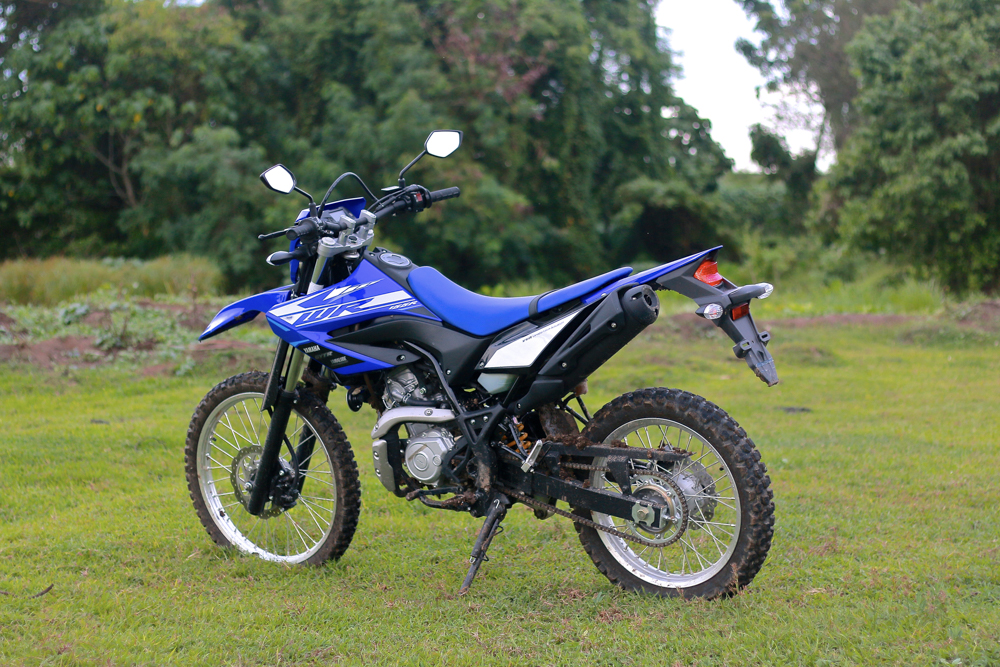
The neutral stance is great for all-day riding. And if you have mountain-bike experience, this motorcycle feels very much like one. For more serious trail use, it could do with a wider handlebar for better leverage. The stock 21-inch front and 18-inch rear dual-sport tires have a good balance between road and trail use, though they quickly get caked in mud. Change them up for bigger knobbies if you’ll be spending most of the time on rough terrain. On tarmac, you’ll need to remember that the tires will flex a bit in the curves and that the suspension is soft, so you can’t just attack the bends like you normally would.
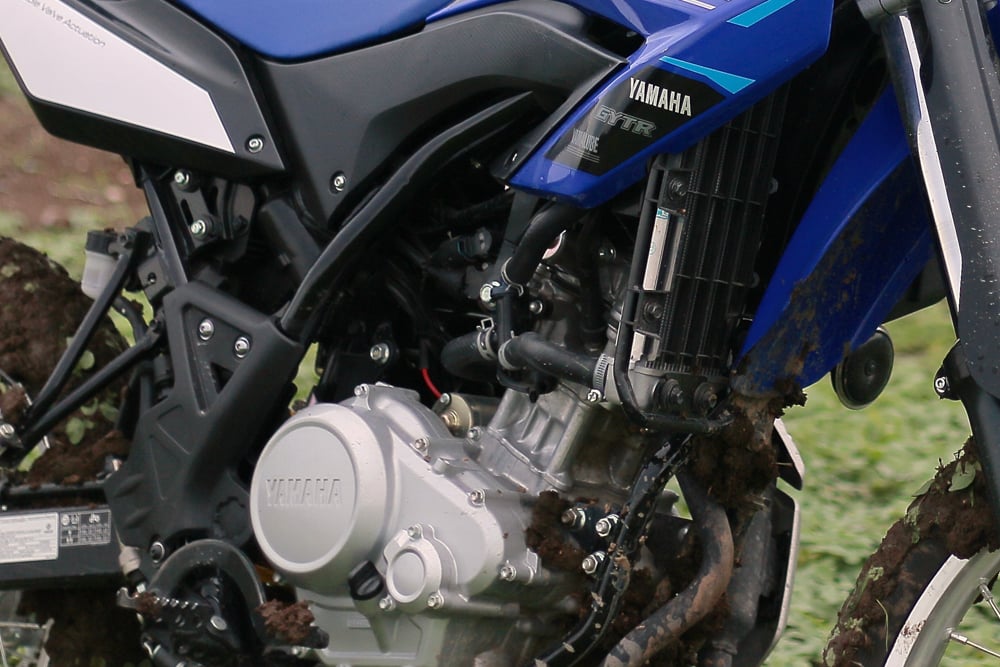
The long, board-like saddle is just okay. It’s not something you’d want to spend more than a few hours on. For those looking to use the WR155R as a farm bike (like me), it’s important to understand its limitations. There’s nothing to lash onto at the back, so an aftermarket rack is a must. While the disc brakes deliver solid stopping power, there’s no ABS—something to remember on longer road transitions.
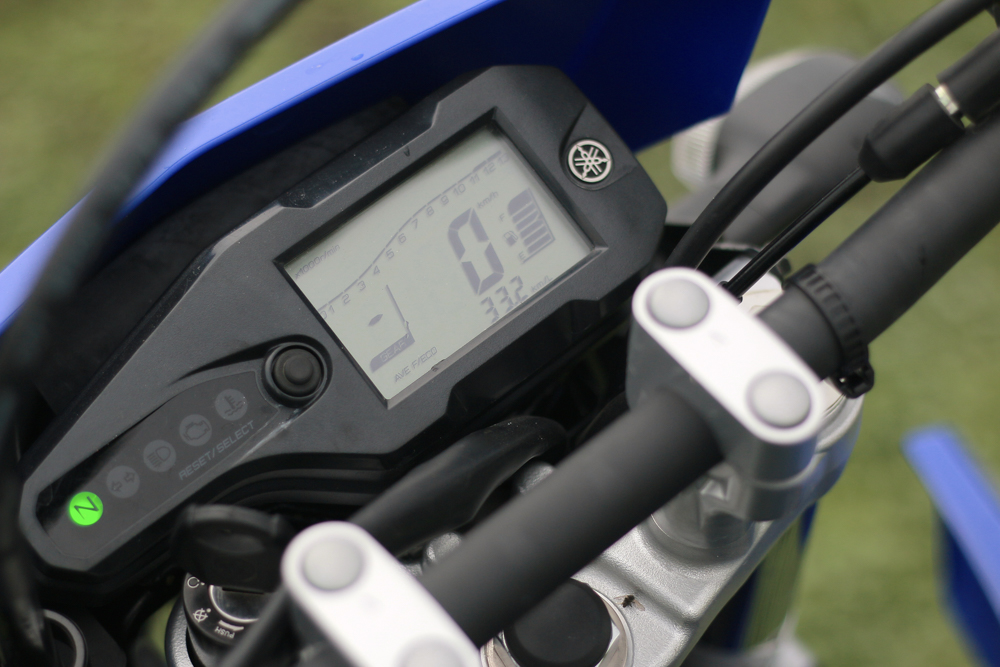
Finally, it’s still an entry-level bike, so most of the money goes to the hardware than to the finer details. The plastic and stamped-steel components look and feel basic. Fit-and-finish is acceptable but not exemplary. The clutch lever feels a little wobbly and flimsy on this practically new demo unit, and the brake hose arcs ungracefully over the LCD display.
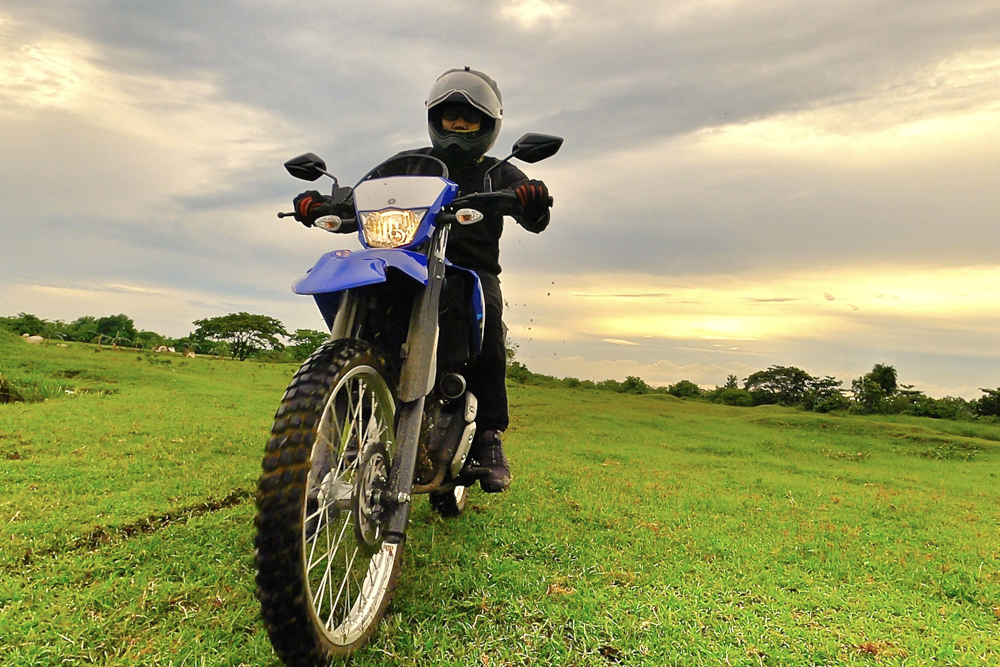
But if you can get past these shortcomings and just ride the WR155R like it was meant to be ridden, you’re guaranteed to have a blast. Put knobbier tires on it and you can explore all the places your hardcore trail-riding friends have been nagging you to join. Or switch to road tires and turn it into a zippy little motard. A dual-sport like this Yamaha is all about riding fun without the frills.


0 Comments